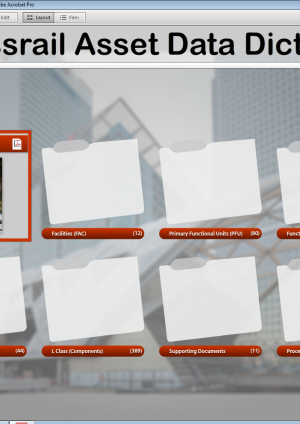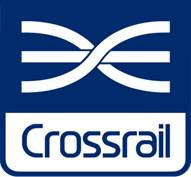Asset Breakdown Structure – Classification and Functions
Asset intensive organisations need to have a clear specification of how assets are classified, i.e. grouped into similar types, what these classes do/don’t represent and the attributes that should be collected for each class of asset.
Typically, this group of specifications is described as an Asset Data Dictionary (ADD) which essentially represents the classification (and functions) of an organisations portfolio of assets also known as an Asset Breakdown Structure (ABS) to ensure that assets are appropriately grouped, top down, and only relevant attributes collected.
The Crossrail Asset Data Dictionary defines:
- Facility classes – systems grouped logically to create major facilities
- System classes – assets grouped logically to create systems or sub-systems
- Asset classes – representing the different class/type of physical items
- The Crossrail approach to asset classification is based on the industry recognised ‘Uniclass’ method with extended enhancement, where required, to ensure rail assets are adequately represented
- Functions – assets recorded by what they are primarily designed to perform
- The valid configuration of Asset to Systems and Systems to Facilities
- Class specific requirements for attribute information
For detail of all classes see the ADD Master Configuration
For detail of the configuration of all classes through Facilities, Systems, Sub-systems, Assets and relevant attributes you can download the Excel file AIMS ABS Possible View
ABS Definition
The Crossrail Asset Data Dictionary holds explicit Classes, Functions and Attributes and each class is supported by Asset Data Dictionary Definition Documents (AD4s). AD4s are provided to ensure that, for example, a length dimension for a class of asset and/or its locating methods is interpreted consistently.
The structure and content of the AD4s was discussed and agreed with the relevant discipline experts before publishing. Although the definition of individual classes and functions will not tend to change often, the overall Asset Data Dictionary will evolve over time, for example, as definitions of Classes or Functions are refined to prevent ambiguity, new Classes are specified for new types of asset, where additional attributes are required and where a single Class may need to be split into two Classes to support Maintenance or Operational activities.
For detail of all AD4s see the Crossrail ADD. The full Asset Data Dictionary is a .pdf portfolio consisting of many documents and needs to be downloaded using the download icon at the top right of the first page.



